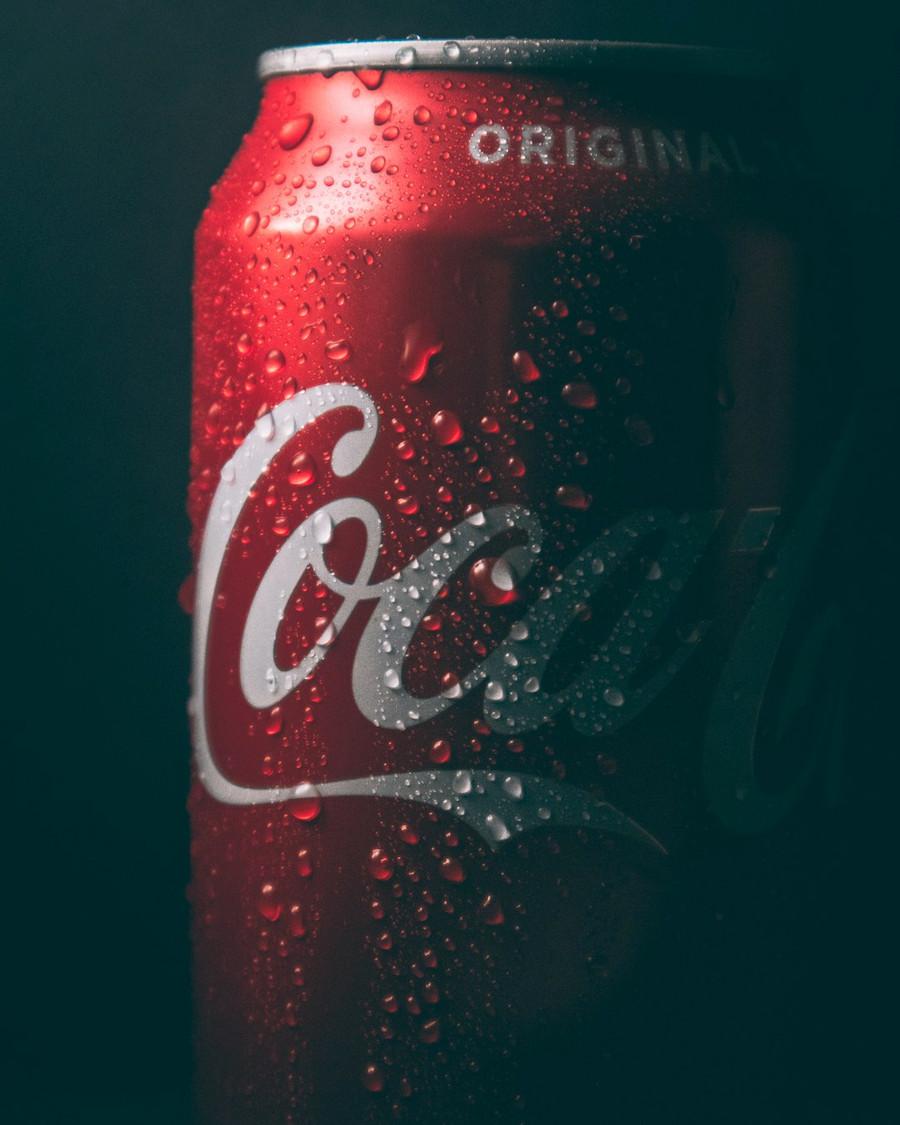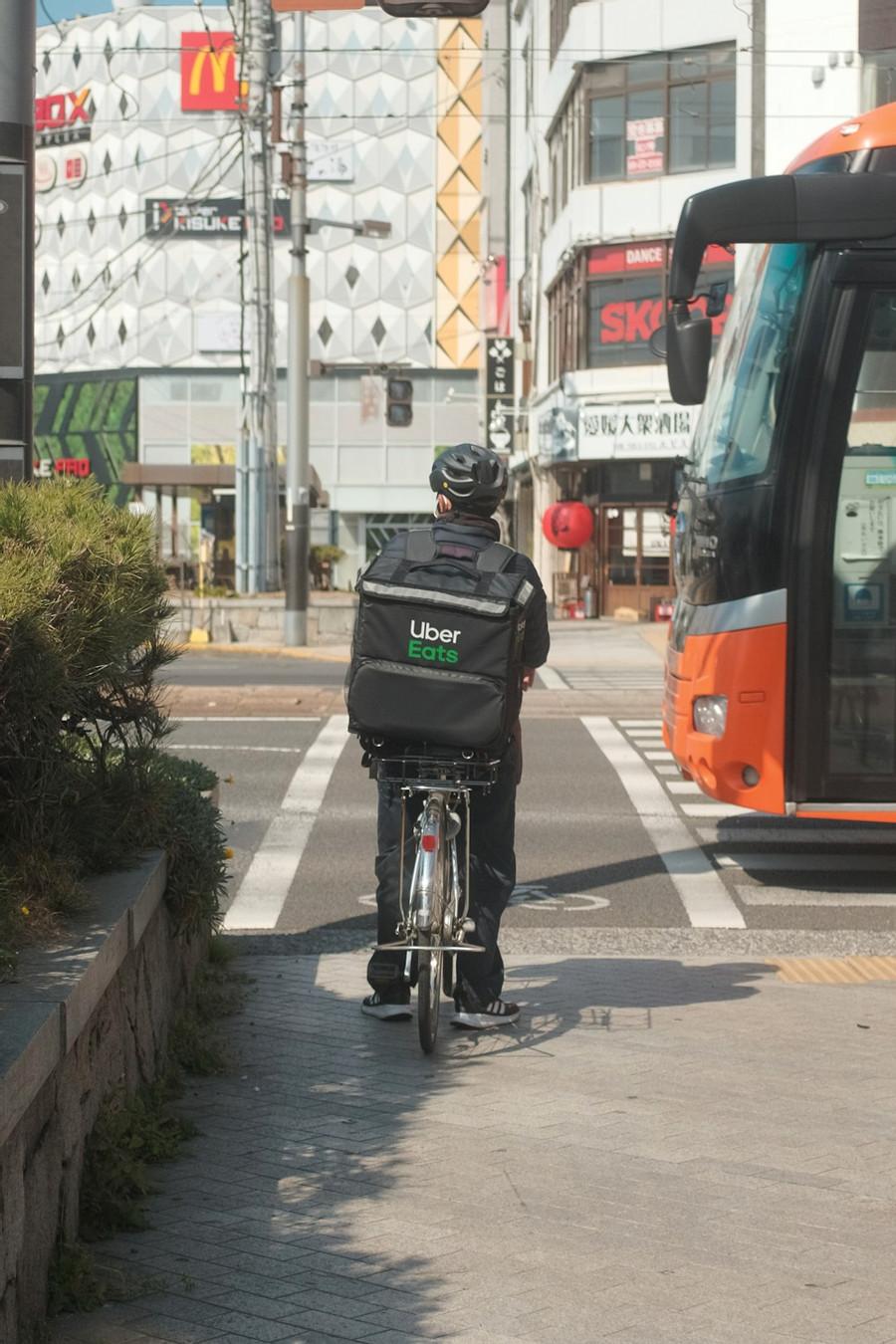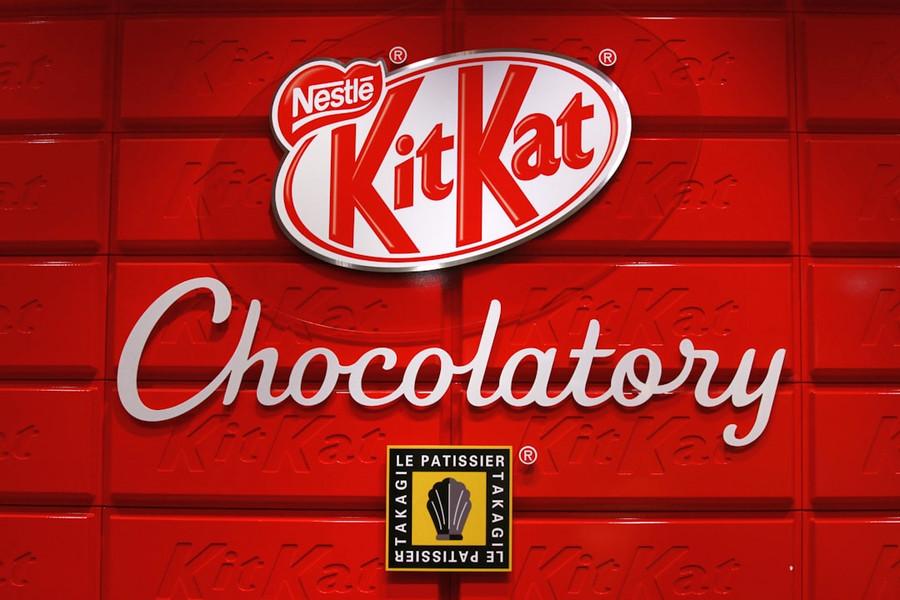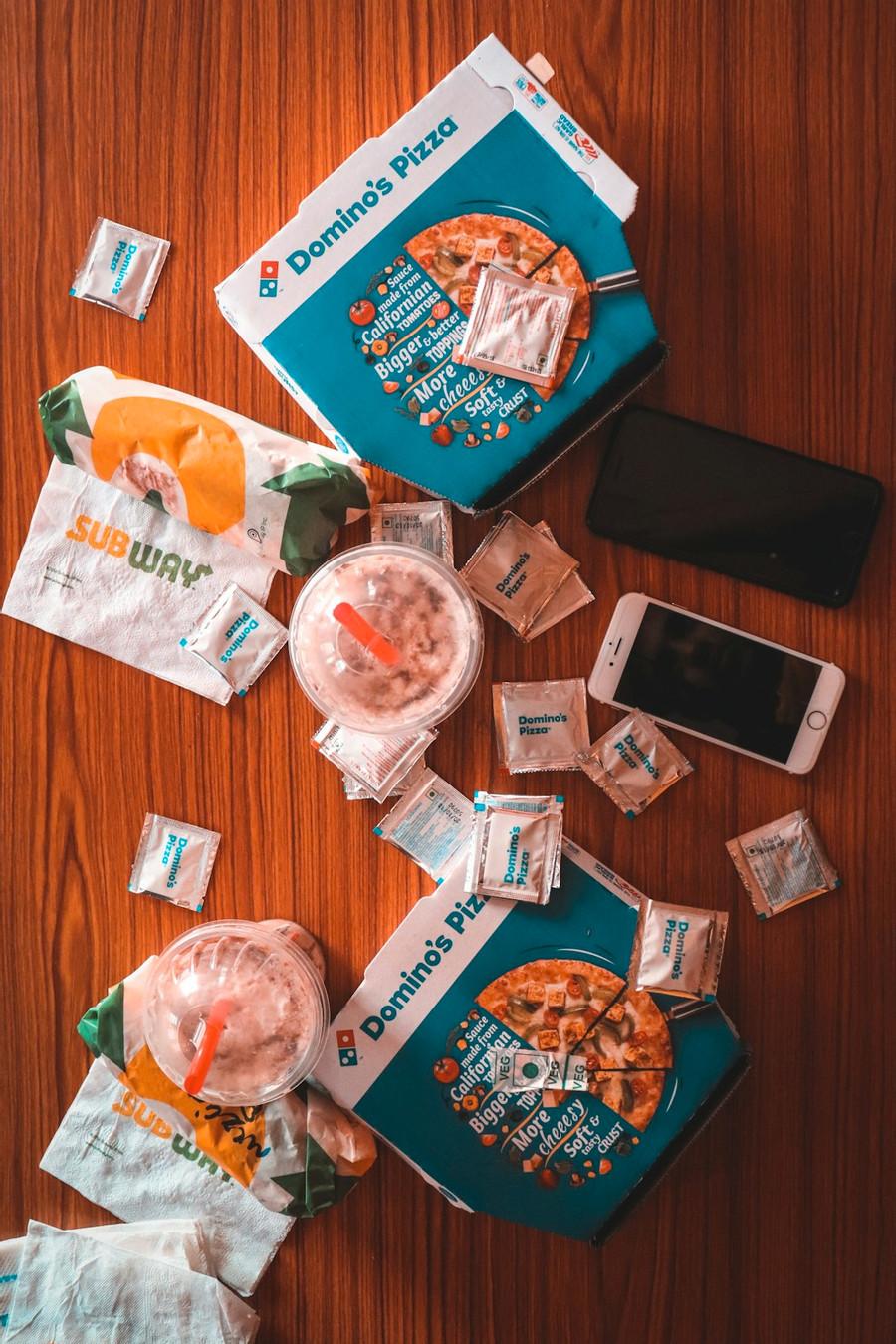Linda Thompson's Key Ideas from The 22 Immutable Laws of Branding
by Al Ries, Laura Ries
Ideas, facts & insights covering these topics:
22 ideas
·33.7K reads
145
3
Explore the World's Best Ideas
Join today and uncover 100+ curated journeys from 50+ topics. Unlock access to our mobile app with extensive features.
The Law of Expansion
When you put your brand name on everything, that name loses its power.
Chevrolet used to be the largest-selling automobile brand in America. But trying to be all things to everyone undermined the power of the brand.
If you want to build a powerful brand in the minds of consumers, you need to contract your brand, not expand it. In the long term, expanding your brand will diminish your power and weaken your image.
419
3.64K reads
The Law of Contraction
A brand becomes stronger when you narrow its focus.
Many small-town delicatessens try to carry everything to appeal to a broader market. Subway founder Fred Deluca narrowed his focus to one type of sandwich, the submarine sandwich, which helped him perfect his entire operation. Unsurprisingly, when you make only submarine sandwiches, you get pretty good at making submarine sandwiches.
404
2.9K reads
The Law of Publicity
The birth of a brand is achieved with publicity, not advertising.
What others say about your brand is more potent than what you can say about yourself. That’s why today’s brands are built with publicity first and maintained by advertising.
A new brand must be capable of generating favorable publicity in the media, or it won’t have a chance in the marketplace. The best way to create favorable publicity is to be the first brand in a new category.
409
2.45K reads
The Law of Advertising
Once born, a brand needs advertising to stay healthy.
Many mega-brands were born in a blaze of publicity. But as the hype died out, each of these brands had to shift to advertising to defend its position.
When a brand advertising says, “our product is the leader,” the prospect thinks, “It must be better than its competitors.” That’s the power of brand leadership.
379
2.15K reads
The Law of The Word
A brand should strive to own a word in the mind of the consumer.
To build a brand, you must focus your branding efforts on owning a word in the prospect’s mind. A word that nobody else owns.
Once a brand owns a word, it’s almost impossible for a competitor to take that word away from the brand. Saab tried to take “safety” from Volvo but failed; Volvo has locked itself in the mind of the consumer.
How do you know when a brand owns its category name? When people use the brand name generically.
386
1.89K reads
The Law of Credentials
The crucial ingredient in the success of any brand is its claim to authenticity.
There is one claim that takes precedence over every other claim, and that’s the claim to authenticity.
When Coca-Cola launched its advertising program called “The only thing like Coca-Cola is Coca-Cola itself,” customers instantly responded. “Yes,” they agreed. “Coke is the real thing. Everything else is an imitation.” This is the brand’s credentials.
375
1.76K reads
The Law of Quality
Quality is important, but brands are not built by quality alone.
There is almost no correlation between success in the marketplace and success in comparative testing of brands. Why? Because quality, or rather the perception of quality, resides in the mind of the buyer.
To build a quality brand, narrow the focus and combine that narrow focus with a better name and a higher price. The latter allows the buyer to obtain psychic satisfaction from the public purchase and consumption of a high-end brand.
384
1.59K reads
The Law of Category
A leading brand should promote the category, not the brand.
Customers don’t really care about new brands; they care about new categories. Buyers don’t care about Dominos; they care are whether or not their pizza will arrive in thirty minutes.
By first preempting a new category (as Domino’s did with the home delivery of pizza) and then aggressively promoting the category, you create both a powerful brand and a rapidly escalating market.
391
1.51K reads
The Law of Nature
In the long run, a brand is nothing more than a name.
The most important branding decision you will ever make is what to name your product or service. Because in the long run, a brand is nothing more than a name.
It’s easy to confuse what makes a brand successful in the short term with what makes a brand successful in the long term. In the short term, a brand needs to be first in a new category.
But in the long term, the unique idea or concept disappears. All that is left is the difference between your brand name and the brand name of your competitors.
371
1.3K reads
The Law of Extensions
The easiest way to destroy a brand is to put its name on everything.
Before you launch your next line extension, ask yourself what customers of your current brand will think when they see the line extension.
If the market is moving out from under you, stay where you are and launch a second brand. If it’s not, stay where you are and continue building your brand.
377
1.33K reads
The Law of Fellowship
In order to build the category, a brand should welcome other brands.
Not only should the dominant brand tolerate competitors, but it should also welcome them. Customers respond to competition because choice is seen as a major benefit. If there is no choice, customers are suspicious. But there is a caveat: when there’s too much choice, consumption suffers.
374
1.23K reads
The Law of the Generic
One of the fastest routes to failure is giving a brand a generic name.
Generic brand names tend to disappear into the ether. Only brand names register in the mind. When naming a brand, a good rule of thumb is to find a regular word taken out of context and use it to connote the primary attribute of your brand. Blockbuster Video was a more powerful brand name than, say, General Video Rental.
378
1.2K reads
The Law of The Company
Brands are brands. Companies are companies. There is a difference.
Brand names should almost always take precedence over company names. Consumers buy brands; they don’t buy companies. So when a company name is used alone as a brand name (Coca-Cola), customers see these names as brands. If you have to use the company name, use it. But do so in a decidedly secondary way.
376
1.2K reads
The Law of Sub-Brands
When building brands, sub-brands can destroy.
Holiday Inn became a mega-brand with the launch of sub brands like Holiday Inn Express, Holiday Inn Select, and Holiday Inn Garden Court. This sub-branding is eroding the power of the core brand.
Sub-branding is an inside-out branding strategy that tries to push the core brand in new directions. It captures management’s attention because of what it promises, not necessarily because of what it delivers.
371
1.14K reads
The Law of Siblings
There is a time and a place to launch a second brand.
The key to a family approach is to make each sibling a unique individual brand with its own identity. Resist the urge to give the brands a family look or a familiar identity. You want to make each brand as different and distinct as possible.
A family of sibling brands is not a strategy for every corporation. But where it is appropriate, a sibling strategy can be used to dominate a category over the long term.
377
1K reads
The Law of Shape
A brand’s logotype should be designed to fit the eyes. Both eyes.
Since the eyes of your customers are mounted side by side, the ideal shape for a logotype is horizontal—roughly two and one-fourths units wide and one unit high. The Avis logotype is almost the perfect shape.
380
1.09K reads
The Law of Colour
A brand should use a colour that is the opposite of its major competitors.
When selecting a color for a brand or a logo, managers usually focus on the mood they want to establish rather than the unique identity they want to create. And while mood or tone can be important, other factors should override a choice based on mood alone. Leaders have the first choice. And for that reason, it’s better to create a separate brand identity than it is to use the right symbolic color.
382
986 reads
The Law of Borders
There are no barriers to global branding. A brand should know no borders.
Every country has its own unique perceptions. When a brand is in sync with its own country’s perceptions, that brand has the possibility of becoming a global brand. When playing the global game, appeal to a different segment of a market rather than its core. Corona Extra, for instance, became a global force by associating the brand with the boom in Mexican cuisine.
368
948 reads
The Law of Consistency
A brand is not built overnight. Success is measured in decades, not years.
Markets may change, but brands shouldn’t. Ever. They may be meant slightly or given a new slant, but their essential characteristics should never be changed.
373
1.01K reads
The Law of Change
Brands can be changed, but only infrequently and only very carefully.
If you are embedded in the prospect’s mind and have a unique and distinct perception, then avoid changing your brand. It’s going to be a long, difficult, expensive, and perhaps impossible process.
372
1.02K reads
The Law of Mortality
No brand will live forever. Euthanasia is often the best solution.
Once you understand the nature of branding, you’ll know when it’s time to let your old brand die a natural death and know when to create another in a newly invented category.
370
1.09K reads
The Law of Singularity
The most important aspect of a brand is its single-mindedness.
In summary, what is a brand? A singular idea or concept that you own inside the mind of the prospect. It’s as simple and as difficult as that.
374
1.23K reads
IDEAS CURATED BY
CURATOR'S NOTE
A unique look at the birth and death of brands, and what makes a great brand.
“
Linda Thompson's ideas are part of this journey:
Learn more about marketingandsales with this collection
How to balance flexibility and structure in a hybrid team environment
Understanding the challenges of managing a hybrid team
How to maintain team cohesion
Related collections
Discover Key Ideas from Books on Similar Topics
20 ideas
How Brands Become Icons
D. B. Holt
5 ideas
Obsessed
Emily Heyward
6 ideas
Obsessed: Building a Brand People Love from Day One
Emily Heyward
Read & Learn
20x Faster
without
deepstash
with
deepstash
with
deepstash
Personalized microlearning
—
100+ Learning Journeys
—
Access to 200,000+ ideas
—
Access to the mobile app
—
Unlimited idea saving
—
—
Unlimited history
—
—
Unlimited listening to ideas
—
—
Downloading & offline access
—
—
Supercharge your mind with one idea per day
Enter your email and spend 1 minute every day to learn something new.
I agree to receive email updates





















